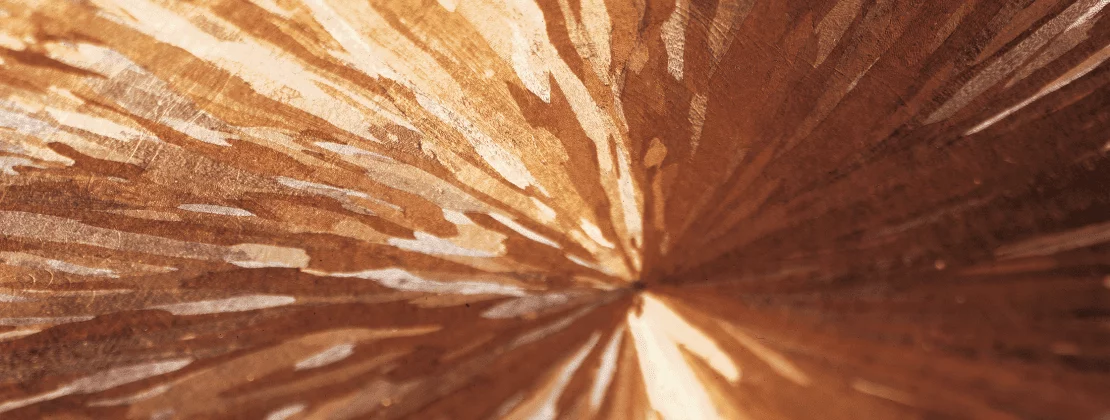Copper

Overview
Did you know that the famous Statue of Liberty in New York is covered with 90,800 kg of copper plating which is 2.4mm thick? That’s a whole lot of copper! Copper has played an extremely important role in the development of civilizations. It has served us throughout the years to create tools, weapons, and jewelry that even dates back to 9000 BC. But how does a metal so old, serve us today ?
At SAB copper is used in different ways. We do not only sell copper for high-end applications like flat rolled products, cabling and construction materials, but at SAB we also use it for recycling and recycle it. Refining operations use this metal as a facilitating metal, better known as collector metals. As its name explains, copper’s good affinity for precious metals and other metals in smelting products helps the recovery of precious and critical metals such as gold, silver, and platinum group metals which come from, for example, electronic scrap and by-products from the industry.
The most common use of copper nowadays is in building construction, power generation and transmission, electronic products and the production of industrial vehicles and machinery. Due to its properties of being easily stretched, shaped and molded it is ideal to be used in several ways. Most importantly, it is resistant to corrosion and conducts heat and electricity easily.
Recycling
Did you know most copper ore that is mined only contains about 1% of the metal? More than 99% of the copper produced is used in its metallic form, i.e. as copper metal and copper alloys. Recycling rates for copper vary quite considerably by region.
Scrap from the forming or shaping of copper and its alloys is generally reprocessed on the spot, either by remelting and adjusting to grade, or by using it as a starting material for less demanding applications. Scrap is also recovered from a range of obsolete goods and appliances — wire, cables, equipment, electronic scrap, motors, fractions from shredding end-of-life cars and household appliances, etc.
History
It is not exactly known where and when copper started to be produced from oxidized ores, but the process seems to have been well established around 5500 BC in the Nile Valley. Which is why the years after 5000 BC get the name “the Copper Age”. These civilizations later moved to more complex copper alloys and thus introduced the Bronze Age.
The name ‘copper’ is actually derived from the Romans and their mining in Cyprus, where the metal was called cyprium, which was later converted to cuprum. From the 13th to 15th centuries a prosperous copper and brass industry developed in Belgium, especially in the Meuse Valley.
Properties
Copper is best known for its extremely good conductivity for electricity. It is the only metal to have a clear and specific color, making it one of the only metal which is not silver. Its natural color is salmon pink, but it often appears to be red owing to superficial oxidation.
